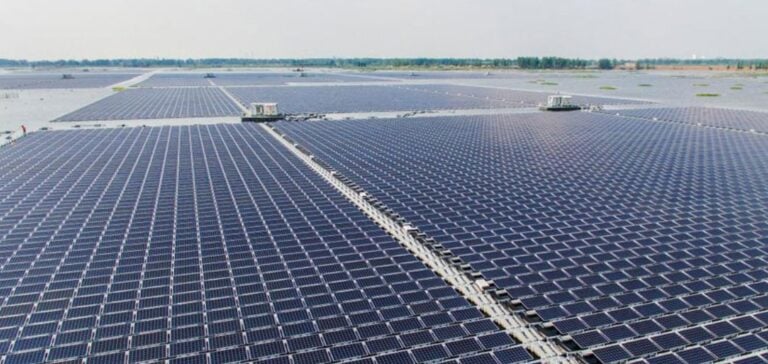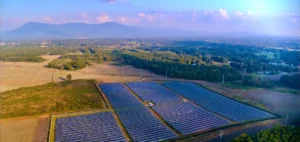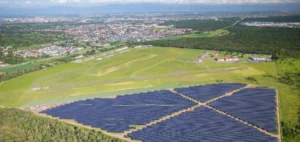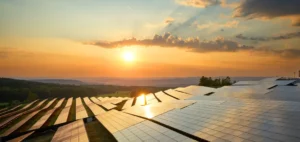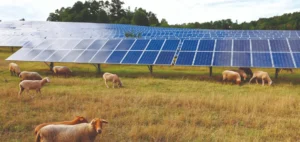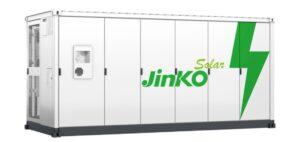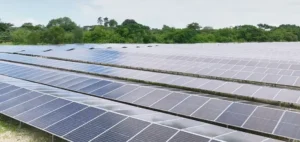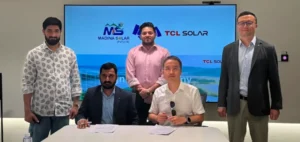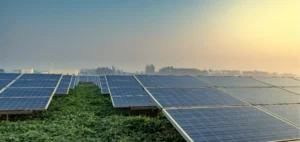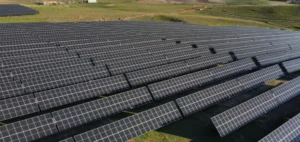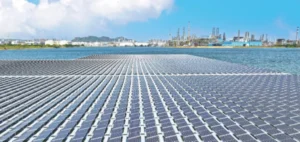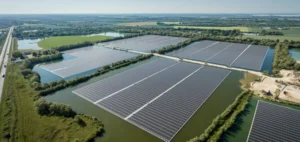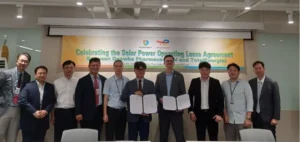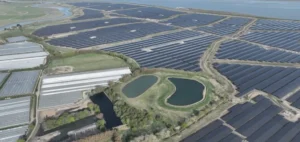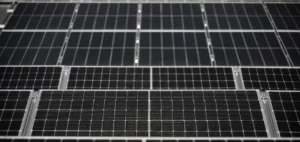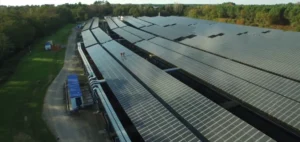TrinaTracker, a leading provider of intelligent solar tracking solutions, recently undertook the modernization of an aging photovoltaic power plant in Shandong province. This plant, one of the first field projects in China, was facing increasing challenges in terms of efficiency and maintenance due to outdated technologies.
Control system upgrade
TrinaTracker began by replacing the old electronic control system with its own terminal control units and network control units. This upgrade was aimed at resolving communication problems and strengthening the plant’s defense mechanisms. What’s more, TrinaTracker has integrated an automated stowage strategy that activates during adverse weather conditions. This feature adjusts the tracker according to real-time weather data to minimize risk. The terminal control unit also detects motor overloads and triggers the storage program, thus preventing structural damage.
Optimizing energy production
TrinaTracker has deployed its SuperTrack algorithms, including the Smart Backtracking Algorithm (SBA) and the Smart Tracking Algorithm (STA), to optimize energy production. The SBA uses patented technology to build a 3D map of the terrain, enabling real-time detection of optimal parameters. The STA uses a bifacial irradiation model to determine the optimum tracking angle in various weather conditions. This helps to reduce unnecessary movements and extend the plant’s operating hours.
Improved operating and maintenance practices
The integration of the Trina Smart Cloud platform has modernized the plant’s operating and maintenance practices. This solution offers features such as real-time monitoring, rapid fault detection, data sharing, digital maps and equipment status verification. The company responsible for the plant’s operation and maintenance praised TrinaTracker’s holistic approach. The integration of digital monitoring and intelligent tracking technologies has solved operational problems and ensured stable operations over the long term. TrinaTracker’s intelligent control system is deployed worldwide, with contracts totaling over 6.2 GW in 16 countries and regions. The company is committed to a customer-centric approach, continuously improving its systems through concrete projects and collaborations. The aim is to reduce costs and increase the efficiency of photovoltaic power plants.
This modernization project illustrates how the integration of intelligent technologies can optimize performance and extend the lifespan of aging photovoltaic power plants. By adopting advanced control, monitoring and management solutions, operators can maximize energy production and ensure the sustainability of their facilities.

